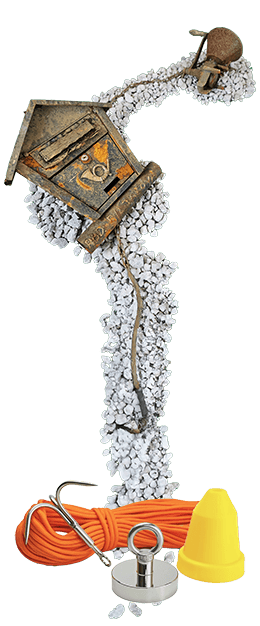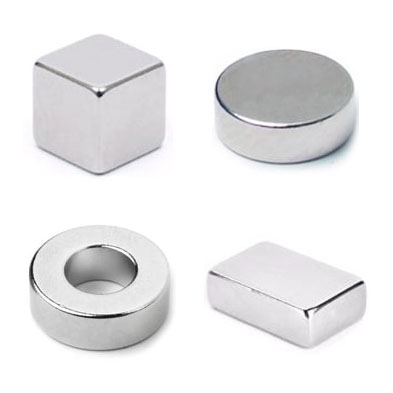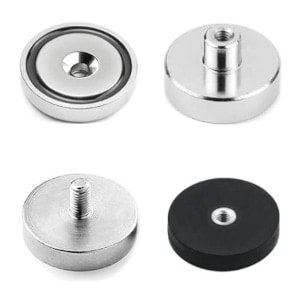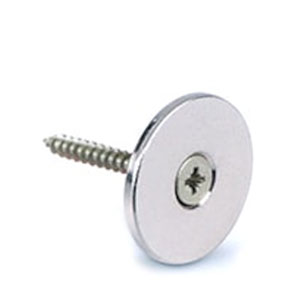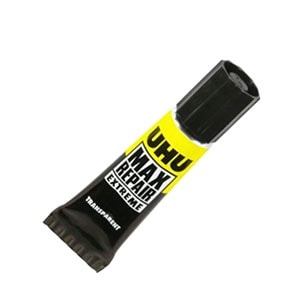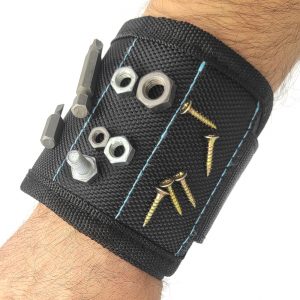Magnets for magnet fishing
-
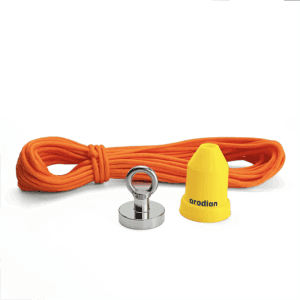 28,99€ inc. Vatmore than 10 in stock
28,99€ inc. Vatmore than 10 in stock -
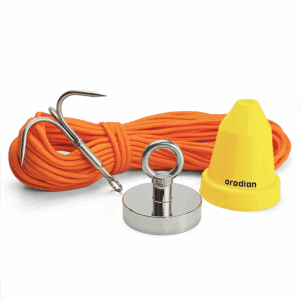
Magnet fishing set STANDARD (magnet 290 kg + anti‑snag cone + hook + rope 30 metres)
75,99€ inc. Vatmore than 10 in stock -
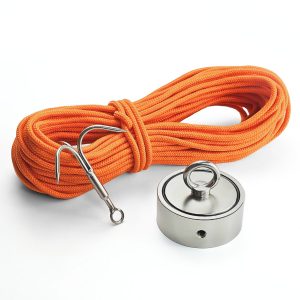
Magnet fishing set PREMIUM (double‑sided magnet 500 kg + hook + rope 30 metres)
119,99€ inc. Vatmore than 10 in stock -
Magnet fishing set PREMIUM TRAVEL (double‑sided magnet 500 kg + hook + rope 30 metres + transport case)
153,99€ inc. Vatmore than 10 in stock -
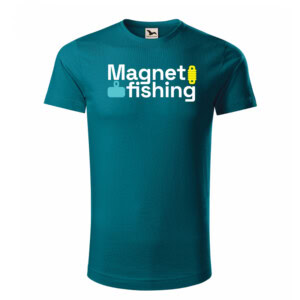
Magnet fishing T‑shirt – Classic
14,99€ inc. Vat35 in stockSelect options This product has multiple variants. The options may be chosen on the product page -
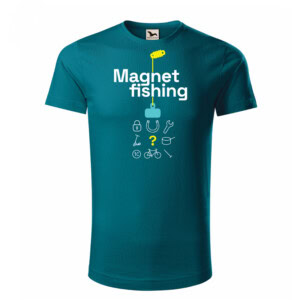
Magnet fishing T‑shirt – Explorer
14,99€ inc. Vat27 in stockSelect options This product has multiple variants. The options may be chosen on the product page -
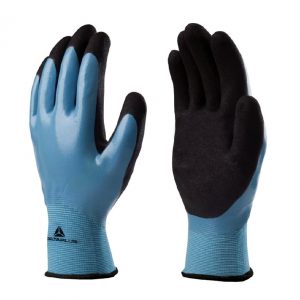
Gloves for magnet fishing
4,19€ inc. Vatmore than 50 in stockSelect options This product has multiple variants. The options may be chosen on the product page -
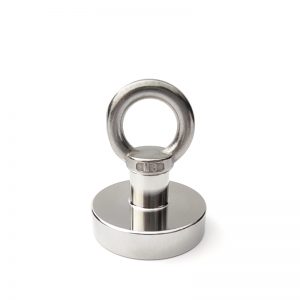
-
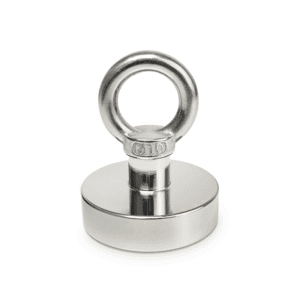
-
7%
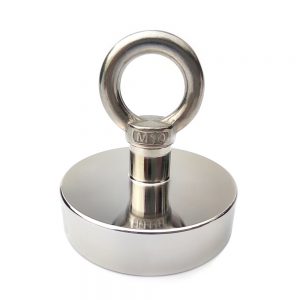
Magnet with eyebolt – strength 290 kg
more than 50 in stock59,99€Original price was: 59,99€.55,50€Current price is: 55,50€. inc. Vat -
11%

Magnet with eyebolt, double‑sided – strength 2×310 kg
more than 50 in stock59,99€Original price was: 59,99€.53,49€Current price is: 53,49€. inc. Vat -
10%
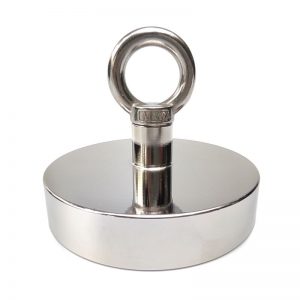
Magnet with eyebolt – strength 530 kg
more than 50 in stock65,99€Original price was: 65,99€.59,39€Current price is: 59,39€. inc. Vat -
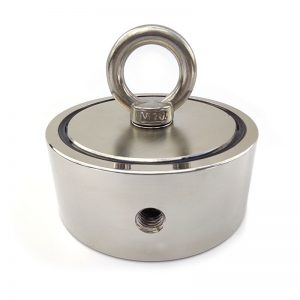
-
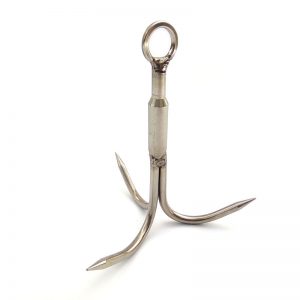
-
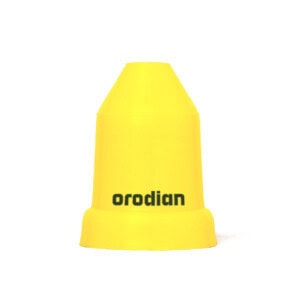
-
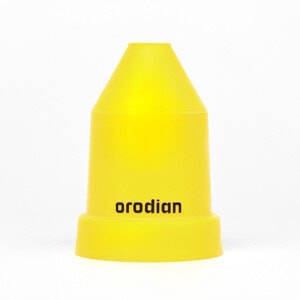
-
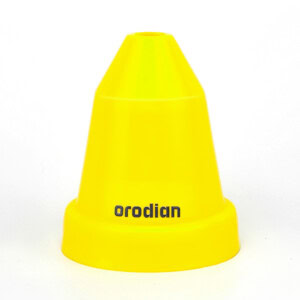
-
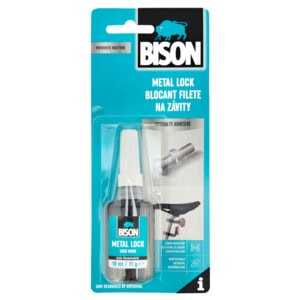
-
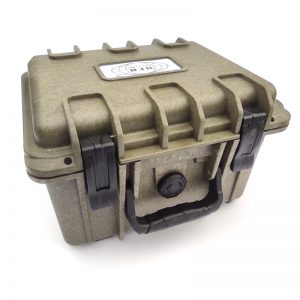
-

Rope for magnet fishing, thickness 5 mm (orange 15 m)
Max. strenght: 340 kg7,90€ inc. Vatmore than 10 in stock -
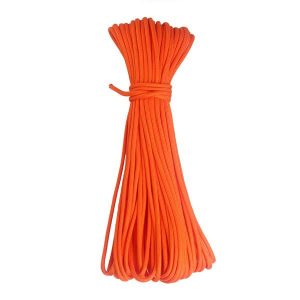
Rope for magnet fishing, thickness 5 mm (orange 30 m)
Max. strenght: 340 kg13,90€ inc. Vatmore than 10 in stock -
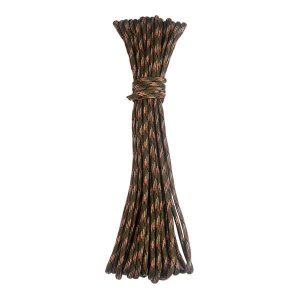
Rope for magnet fishing, thickness 5 mm (army 15 m)
Max. strenght: 340 kg7,90€ inc. Vatmore than 10 in stock -
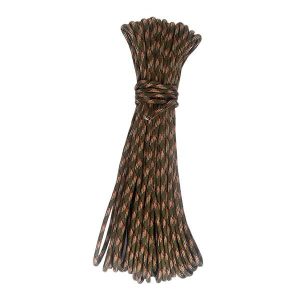
Rope for magnet fishing, thickness 5 mm (army 30 m)
Max. strenght: 340 kg13,90€ inc. Vatmore than 10 in stock -
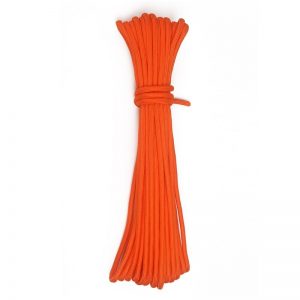
Rope for magnet fishing, thickness 7 mm (orange 15 m)
Max. strenght: 540 kg11,90€ inc. Vatmore than 10 in stock -
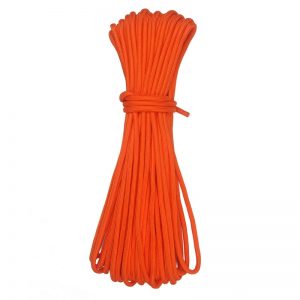
Rope for magnet fishing, thickness 7 mm (orange 30 m)
Max. strenght: 540 kg19,90€ inc. Vatmore than 10 in stock -
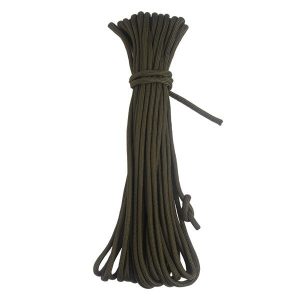
Rope for magnet fishing, thickness 7 mm (green 15 m)
Max. strenght: 540 kg11,90€ inc. Vatmore than 10 in stock -
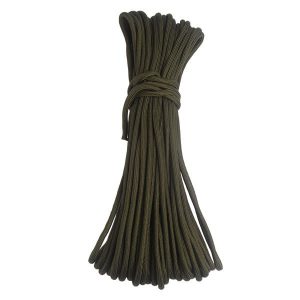
Rope for magnet fishing, thickness 7 mm (green 30 m)
Max. strenght: 540 kg19,90€ inc. Vatmore than 10 in stock
Traffic signs, scooters, bicycles, safes, threaded bars, coins, fishing equipment, nails, beer caps, scooters, guns and ammunition, mobile phones, knives and machetes, fishing chairs, keys, shovel, microscope, binoculars, statuettes, ladder, treasury, audiocassettes (they have an iron element in them)….
Simply anything below the surface that contains iron, nickel, or cobalt (the only three magnetic metals). Unfortunately, gold is not attracted to magnets.
Yes, in many countries, magnet fishing is a fun and exciting hobby that attracts treasure hunters, nature lovers, and adventurers alike. However, like any outdoor activity, it’s important to follow the local laws and regulations.
Because the rules may vary from one country to another, we strongly recommend checking the specific legal conditions for magnet fishing in your area before you start. Some countries allow it freely, others may restrict or regulate it in certain locations—especially near historical sites, bridges, or waterways.
Where magnet fishing is permitted, please be aware of the following general responsibilities, which are common in many countries:
- Report valuable finds (such as wallets, jewelry, or phones) to the local authorities.
- Never keep weapons or explosives, even if they appear old or non-functional. Contact the police instead.
- If you discover historical or archaeological items, do not keep them. In many countries, it is required by law to report such finds to the appropriate cultural or heritage institutions.
🧲 Did you know? In some countries, you may even receive a finder’s reward if you report a valuable or historical find. For example, in Slovakia, magnet fishers have been awarded up to €30,000 for turning in ancient coin treasures!
Stay Safe & Happy Fishing
Magnet fishing is not only about finding things—it’s also about helping clean up rivers, lakes, and canals. Wherever you fish, please do so responsibly, respect nature, and enjoy the adventure!
The stronger the magnet you have, the more finds you will discover. Stronger magnets can attract even more distant objects and you can use them to pull out even more difficult finds.
- The 94 kg magnet is suitable for children; for adults, we recommend stronger magnets.
- The best sellers are the 290 kg magnetandthe 310 kg double-sided magnet. It’s a compromise between power and price.
- The double-sided magnet 500 kg is the best quality magnet suitable for searching from the shore and from the bridge.
- The double-sided magnet 1,100 kg is the strongest and best magnet for searching from a bridge. Its disadvantage is that it weighs 4 kg and cannot be thrown far. Therefore, a double-sided 500 kg magnet is better for searching from the shore.
You can choose weaker magnets (94 kg, 162 kg) if you want a cheaper alternative. You also have a chance to discover an interesting find with them. For example Lucián Blažek from Námestovo found two safes with a magnet with a strength of 130 kg.
A BMX bike was pulled out with a smaller magnet of 94 kg.
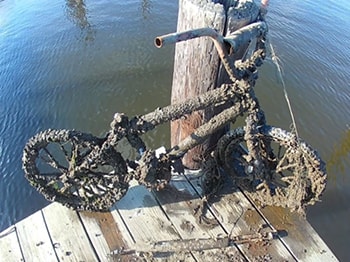 You can see our offer of magnets in the category magnets for magnet fishing.
You can see our offer of magnets in the category magnets for magnet fishing.
The number of kilograms for magnets (94 kg, 162 kg, 290 kg, 310 kg, 500 kg, 530 kg or 1,100 kg) indicates the magnet’s breakaway force. This means the largest weight of objects that the magnet can still support.
The numbers seem high, but they are measured under ideal conditions. In magnet fishing, the findings are often rusty and touch only a small part of the magnet. There are also roots, stones and other obstacles under the water, because of which the find can be detached from the magnet. Therefore, the magnet must have a much greater strength than the weight of the objects being pulled.
Our ropes are specially designed for magnet fishing. They are light, waterproof, inflexible and strong. If you only pull the magnet with your hands, our rope with a thickness of 5 mm will be enough for even the strongest magnets. It is not humanly possible to tear it apart. If the magnet gets stuck on an obstacle and you want to pull it with a car, a thicker 7 mm rope is more suitable. The rope should be inflexible, long enough and light.
An adult can handle the magnet up to a distance of 25 metres, so we recommend a 30-metre rope. A 15-metre rope is suitable for children.
The rope for magnet fishing must be inflexible. Some elastic ropes have a stretch of up to 3 metres at a length of 30 metres. If the rope stretches, it is difficult to control the movement of the magnet underwater. With a flexible rope, it is also very difficult to pull out larger objects, because instead of pulling the find, you only stretch the rope.
We do not recommend ordinary paracord made of nylon because it is flexible. Another disadvantage of paracord is that it is only 4 millimetres thick and cuts into the hand. We recommend ropes 5-6 millimetres thick.
Climbing rope is also not suitable because it is too thick (8 or more millimetres) and therefore heavy. A heavy rope cannot be thrown far.
Many other types of ropes do not have sufficient strength and break easily.
All our ropes are light and inflexible. We designed and had them made specifically for magnet fishing based on the experience of many hunters. They weigh 4 times less than climbing ropes, so they are easier to throw and pull out from the water.
A good knot is important. You may lose the magnet if the knot comes undone. Also, avoid using the wrong knots – some can reduce the strength of the rope by up to 50%. Also watch out for inconspicuous knotting in the middle of the rope. They are completely useless and also reduce the strength of the rope.
The video below you teach you how to tie your favourite simple knot.
The following knot is more complicated, but the most suitable for magnet fishing. It is stronger and minimizes the risk of the rope getting stuck on a branches.
If you are using an anti-snag magnet cone, thread it onto the rope first before tying the knot.
You won’t find much in remote and abandoned areas. You have to go where a lot of people go. Rather, you should search in deep water, or even in shallow water if it is not clear.
We mainly recommend the following areas:
- city bridges,
- places with access for cars,
- tourist trails,
- lakes where many people walk
- ponds.
In fishing areas, you will find mainly fishing gear. You will find many mobile phones and cameras in tourist destinations. Historic sites may contain fewer artefacts, but they may be of higher quality. Wells can also hide unexpected treasures.
Magnet fishing is a relatively safe activity if you pay attention to a few things.
If the magnet suddenly moves and attaches to a large iron object such as a door frame, radiator or car door, your hand may become stuck between the magnet and the metal object. It can happen mainly at home, near cars and on iron bridges. In nature, this risk is low.
Use caution when handling magnets near large iron objects. Store the magnet in a safe place at home. It is better not to put it in the hands of children at home, or if so, only under constant supervision and at a sufficient distance from radiators, door frames and sharp metal objects.
During magnet fishing, we recommend wearing gloves to avoid cutting yourself when removing a sharp object from the magnet.
If you pull out a mine or a grenade, do not try to remove it from the magnet. We are not aware of any case where an explosive exploded during magnet fishing and someone was injured. However, this risk should never be underestimated.
If you find an explosive, do not handle such a catch under any circumstances! Move at least 20 metres away, call 158 and stay put until the police arrive.
Other popular categories:
